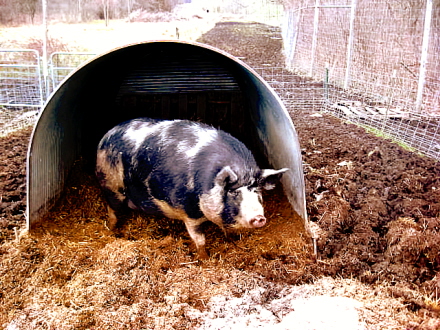I just learned about 826 National, a non-profit tutoring center founded, in part, by Dave Eggers. The first center opened in San Francisco:
“When they looked into the building they wanted to use at 826 Valencia Street, the landlord was open to the idea of a tutoring center, but he told Dave that the address was zoned for retail. They had no choice, the landlord said: at the front of the building, they had to sell something. (TheDieline.com)”
“To raise funds, inspire creativity, and advertise our programs to the local community, most of our centers include a street-front retail store filled with unusual products, entertaining signage, and, of course, our books for sale. San Francisco’s pirate supply store sells glass eyes and one-of-a-kind peglegs, 826NYC’s Superhero Supply Company offers custom-fit capes, Seattle’s Greenwood Space Travel Supply Company sells all your space commuting appurtenances, 826michigan’s Liberty Street Robot Supply & Repair Shop specializes in must-have mechanical conveniences, while 826LA features a time travel store, there’s a secret agent supply store in Chicago, and the Cryptozoology shop in Boston is now open! (826 National)”








 Loaf Sugar: “Sugar was purchased in tall conical loaves. Pieces were cut from them with special sugar-cutting implements. Well-to-do households bought whole sugar loaves, but smaller quantities could be purchased from the apothecaries (originally sugar was treated as a spice), and later from apothecaries and grocers. Loaf sugar is suitable for use in cooking and baking without being clarified further (boiled to remove scum).”
Loaf Sugar: “Sugar was purchased in tall conical loaves. Pieces were cut from them with special sugar-cutting implements. Well-to-do households bought whole sugar loaves, but smaller quantities could be purchased from the apothecaries (originally sugar was treated as a spice), and later from apothecaries and grocers. Loaf sugar is suitable for use in cooking and baking without being clarified further (boiled to remove scum).”
.jpg)


